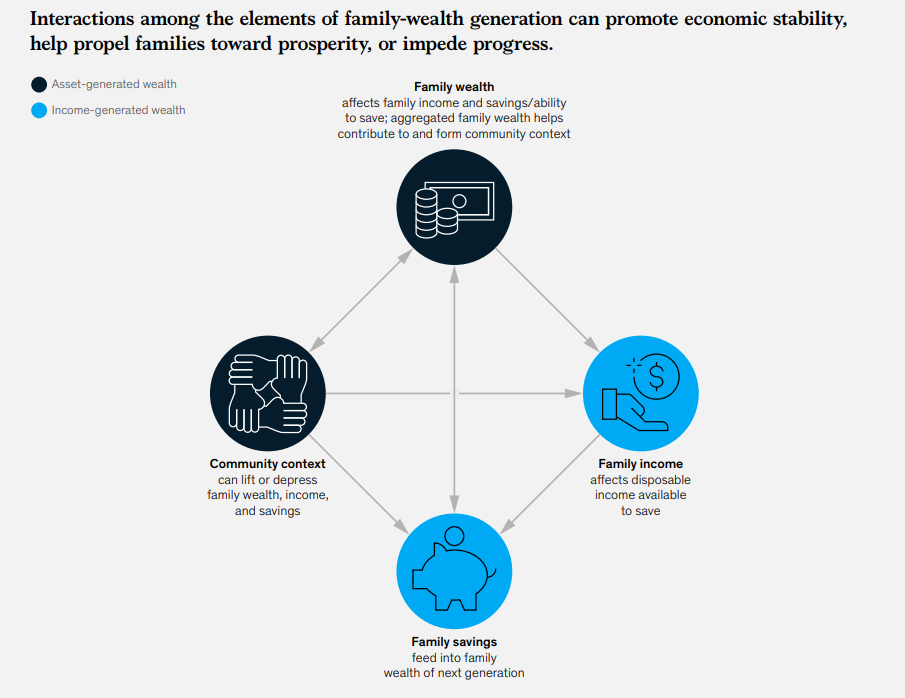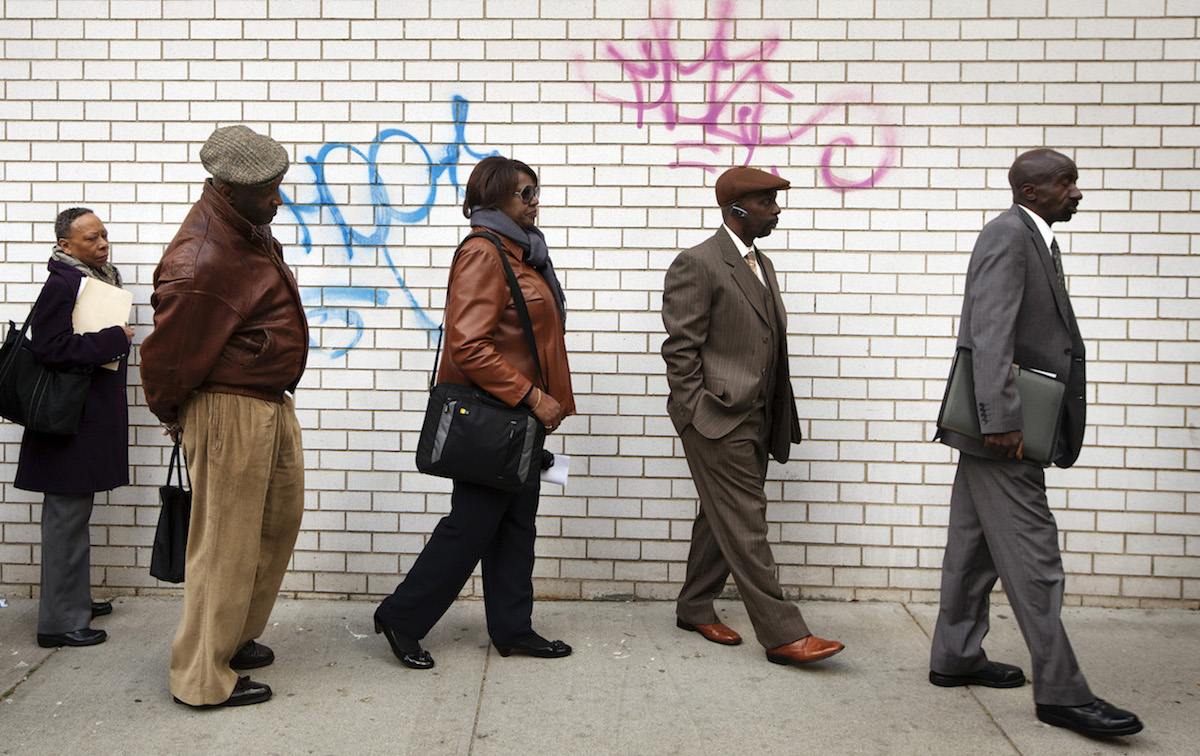The United States is one of the world’s largest economic power and this is shown in the growth of American families’ wealth. A median American family’s wealth grew from $83,000 in 1992 to $97,000 in 2016 (in 2016 dollars).
But this growth is not inclusive. Black individuals, families, and communities fall behind their white counterparts. The stark difference is that a median white family in America has more than ten times the wealth of a median black family according to a 2016 data.
This widening racial wealth gap presents a big disadvantage to black people and limits their economic power and prospects. This also impacts other major aspects of their lives such as finishing education, housing, healthcare, employment and other areas of human development. This racial wealth gap is also affecting the US economy as a whole.
In a report released by McKinsey, they explored the impact of closing the racial wealth gap from an economic standpoint. Here are the key points.
A persistent gap
McKinsey reports that the racial wealth gap between black and white families only grew over the past two decades. From the median wealth gap of US$ 100,000 back in 1992, the gap between the wealth of black and white families increased to $154,00 in 2016. In terms of growth, only white families experienced significant growth over this period. Meanwhile, black families are reportedly not able to record any substantial growth.
From our partners:
Other than the fact that this greatly hampers the growth of black individuals, McKinsey’s report shows that the racial wealth cap also dampens the US economic growth in general.
Components of wealth generation for a family
To get to the core of the problem, McKinsey investigated the factors which serve as barriers for black families to grow in terms of wealth. In their study, they found four economic barriers in particular:
01. Community context
The collection of assets within a community. Because of the institutionalized racial segregation in the past through laws such as the Housing Act of 1934, black families were allocated to D-rated neighbourhoods, where most of them remained until the present.
The effects of being placed in these disadvantaged locations compounded over time, resulting in a concentration of poverty in these areas. This led to the communities being disfavored in terms of economic opportunity, employment, healthcare, and even broadband access.
02. Family Wealth
McKinsey’s study led to the following key observations:
- Only 8% of black families receive inheritances, compared to white families’ 26%.
- Black college graduates are more likely to support their families than white college graduates, leading to a decline in wealth
- Black families are more likely than white families to have student debt.
- Black consumers are 73% more likely than white consumers to lack a credit score.
- 40% of black families have their own home, versus the white families’ 73%
- Black families are less likely to own stocks
All of these amount to or can be attributed to black families being at a severe disadvantage when it comes to wealth.
03. Family Income
Given a resource-lacking community and most likely not being a family of origin, black families can compensate by gaining income. However, even in this aspect, black families are at a disadvantage.
There is a myriad of obstacles that prevent black families from maximizing their potential income. There is poor school quality, their poor treatment in the criminal justice system, discrimination in the workplace, and lack of mentors to guide them in their career.
With these disadvantages, black individuals are less likely to graduate, have lower rates of advancement and higher rates of unemployment compared to their white peers.
04. Family Savings
This pertains to tools and benefits that can be accessed to convert income into savings and wealth.
According to McKinsey, banks located in predominantly black neighbourhoods put up higher minimum balances than banks among white neighborhoods. This provides them less access to financial tools which will allow them to save.
At the same time, given that black individuals have a higher likelihood of being unemployed, a lot of them are also barred from enjoying employment-linked benefits.

Balancing the scales
The racial wealth gap being closed will entail a 4 to 6 percent increase in the US GDP by 2028, McKinsey reports. This is an increase of $2,900 to $4,300 in GDP per capita.
We see that closing this gap will not only promote equity, it will also prevent this gap from inhibiting the economic growth of the US.
Given the benefits of closing the racial wealth gap, all of us should look beyond colours. Even without these benefits, however, this step is admittedly overdue. We have to start now.













